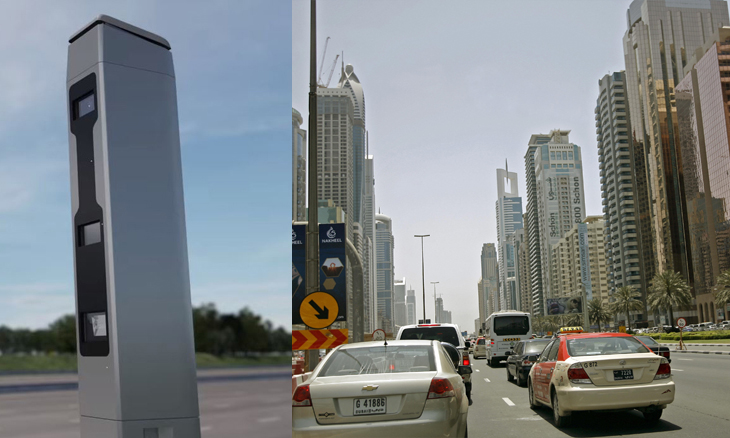In Dubai, every road has a posted speed limit accompanied by a radar buffer, where there is a small margin before drivers are fined. For the majority of roads, the tolerance margin is 20 km/h above the posted limit — but not everywhere, so staying informed is essential.
Which Roads Don’t Have Buffer? Be Careful to Watch These
Certain important roads such as Sheikh Mohammed bin Zayed Road and Emirates Road have no radar buffer, which means you’re charged the instant you cross the specified posted speed. Authorities dropped the 20 km/h tolerance from certain roads to enhance road safety and minimize accidents.
List of Roads and Their Limits
Dubai’s RTA has published speed limits for over 60 roads. For example, Al Khail Road has a limit of 100 km/h with a buffer, meaning radar activates at 121 km/h. Meanwhile, Sheikh Zayed Road varies by section, with some zones capped at 100 or 120 km/h.
Play It Safe: Best Practices for Drivers
Always look for displayed limits and assume no buffer unless otherwise indicated. Utilize current GPS software that is based on RTA data, and never depend only on radar detectors or assumptions. After all, Dubai speed fines are high — and accumulate rapidly.





